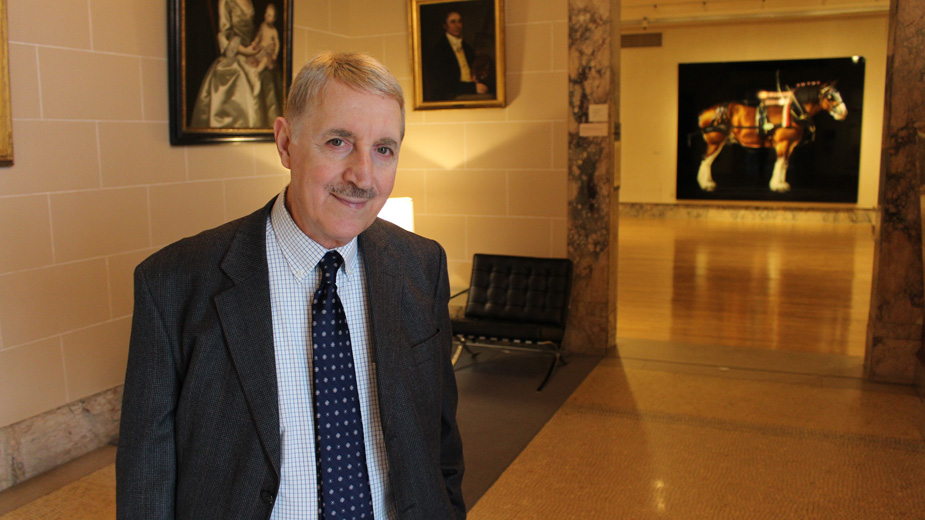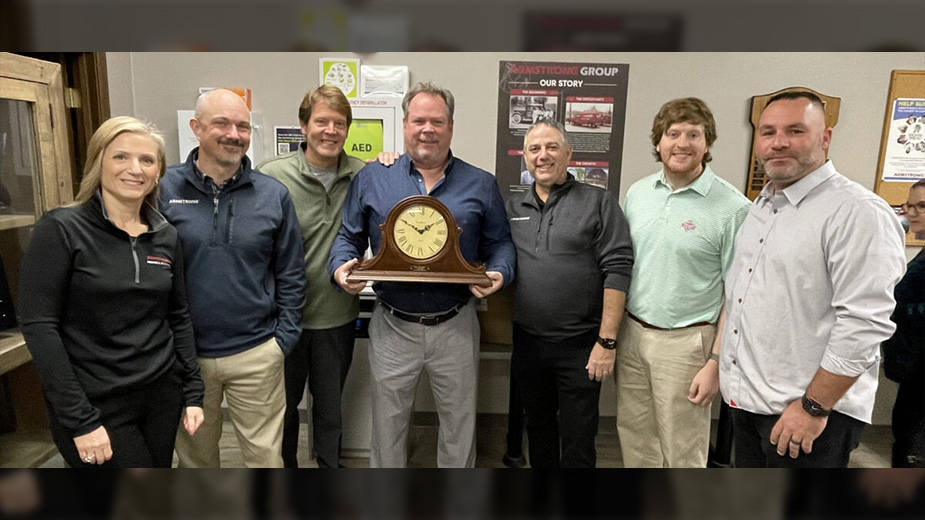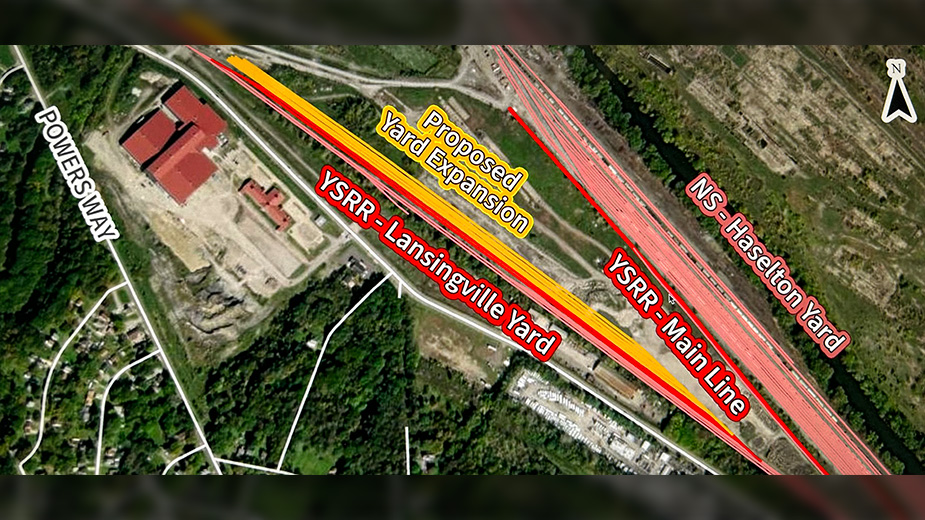Nonprofits Face Changed Economic Landscape
By Peter H. Milliken
YOUNGSTOWN, Ohio – The nonprofit sector in the Mahoning Valley has a long and storied history, dating to the late 1800s with organizations such as the Rescue Mission of the Mahoning Valley. In 1918, the Youngstown Foundation, the fourth-oldest community foundation in the world, was created. And over the years, the captains of industry played leading roles, as did the workforce.
But as steel plants and businesses closed, were acquired or reduced in size, and the workforce shrunk, the nonprofit sector had to adapt. Today, collaboration and cooperation within nonprofits are essential.
“We need to collaborate, sometimes merge and work better together. We’re all competing for fewer dollars,” says Bob Hannon, executive director of the United Way of Youngstown and Mahoning County. “We struggle here to get away from turf wars.”
The United Ways in Mahoning and Trumbull counties have come close to merging but haven’t because of concerns about the loss of Trumbull’s identity, Hannon says.
“A lot of times, it’s healthier or smarter to merge with other entities,” says Jan Strasfeld, executive director of the Youngstown Foundation. “Some [organizations] go away. The need is no longer there or they can’t afford to exist.”
Adds the president of the Community Foundation of the Mahoning Valley, Shari Harrell, “We have to look at more collaboration. … We have to be very good stewards and very wise with the resources that are available.”
To support such collaborations, the Youngstown/Warren Regional Chamber launched the Nonprofit Roundtable, which convenes quarterly to discuss writing grant applications, volunteerism, fundraising, planning events and engagement among organizations. The roundtable “works to enhance and contribute to the quality of life in our Valley by assisting in the growth and development of nonprofit organizations,” say Kim Calvert, chamber vice president of marketing and special events.
Of its nearly 2,600 members, the chamber has 312 nonprofit members, including those in the health, education, social and art sectors.
Mahoning Valley nonprofits range from Mercy Health, which operates St. Elizabeth and St. Joseph hospitals and employs some 4,700, to the all-volunteer Warren Civic Music Association, which sponsors concerts at W.D. Packard Music Hall.
“The nonprofit sector, present throughout the Valley, supports the revitalization efforts through employment opportunities, by providing educational and business services, targeted cleanups, volunteerism and community engagement as well as direct support services to individuals,” Calvert says.
But a declining population means fewer people are available to make contributions, Harrell says. And as corporate headquarters left, “so did the top echelon of employees” who were leadership donors, she says.
In 2016, the Bureau of the Census reported that the number of Mahoning County residents had fallen to 230,008 from 303,424 in 1970. In Trumbull County, the estimated population was 201,825, roughly 40,000 fewer than 1970. And in Mercer County, Pa., it dropped to an estimated 112,913 in 2016 from 128,299 in 1980.
“Our poverty rates are increasing,” Harrell says. “We’ve got issues here that aren’t keeping pace with some of the progress that’s being made in other parts of the country. So that still puts a demand on the nonprofits.”
Census figures show the percentage of Mahoning County’s population living in poverty rose to 18% between 2011 and 2015 from 16.6% between 2006 and 2010. Trumbull County’s increased to 17.3% between 2011 and 2015 from 15.5% between 2006 and 2010.
Decades of manufacturing job losses in the Mahoning and Shenango valleys have also affected giving. The loss of General Motors Lordstown plant’s third shift last January cost the area 835 jobs, with suppliers to the automaker shedding an additional 190.
This likely cost the local United Way 40% of its revenue from GM, Hannon says. In 2016, the organization received $112,000 from GM Lordstown’s payroll deduction donations. GM matches employee giving dollar-for-dollar, so any losses in the payroll deduction campaign automatically double.
“We didn’t just lose money from the third shift. We’re going to lose money from people that, all of a sudden, may not give or give a lot less,” Hannon says.
Payroll deductions still constitute more than half of the United Way’s total campaign. As it declines, the nonprofit sees a significant increase in corporate giving as well as increases in foundation support and state and national grants, Hannon says, adding that giving from the health-care industry is rising.
“Any time you’re in a community where fewer people are working and the population decreases,” he says, “you have to diversify your revenue streams.”
The United Way has also seen more female donors as women contribute more to family wealth and are more engaged in deciding how it’s spent, says its vice president of strategic planning, Stacia Erdos. The organization launched a Women United Group, which has more than 200 members, many of whom participate in its Women’s Mentorship Program, she says.
Online giving and texting of gifts to the United Way have also made donating easier, Hannon says, and the organization is looking to further diversify with planned estate giving. Fundraising rebounded to about $3.1 million last year after a slump to $2.2 million in 2008, when the Great Recession began. Fundraising peaked in 1991 at $3,352,973.
“When there aren’t as many people, you’ve got to change the model if you still want to try to raise significant dollars,” Hannon says.
At its main branch, the Public Library of Youngstown and Mahoning County offers free classes on finding grants, writing proposals, project budgets, corporate giving and fundraising planning to help nonprofits navigate the competitive grant-seeking process.
“The funder is going to look at the organizations and determine if you’re able to use their grant funds to really help whatever their interest in funding is,” says Sally Freaney, the librarian who teaches the classes. “They all want to see strong organizations. They want to see that there’s a need in the community for what they’re doing.”
Grants and support from other organizations, including the United Way, have been crucial at Second Harvest Food Bank of the Mahoning Valley, says Becky Miller, its resource development manager.
A grant from First Energy recently supported the installation of LED lighting throughout the food bank’s 26,950-square-foot warehouse, which will cut Second Harvest’s energy bill substantially. With a $2.8 million annual budget, the food bank has only 25 employees, but more than 1,200 volunteers who work a combined 14,000 hours annually for the food bank.
“We’re a volunteer-dependent organization. We could not distribute the volume of food we’re doing without their assistance,” Miller says.
Converting the Butler Institute of American Art to natural gas heat from steam and installing LED lighting helped reduce its annual utility bill to $85,000 from $120,000 over the past five years, says Vincent Bacon, a retired engineer and secretary of the museum board of trustees. Other cost cuts include eliminating Wednesday evening hours and reducing the number of temporary exhibits.
Bacon credits the Butler’s donors and volunteers to keeping the Youngstown museum free to enter and browse, as was the wish of its founder, Joseph G. Butler Jr. The Butler, which has a branch in Howland, holds more than 20,000 items that encompass American art from the Colonial period to the present. It will celebrate its centennial next year.
Bacon, also a donor to the museum, has two galleries that bear his name. The “personal magnetism” and enthusiasm of Lou Zona, executive director and chief curator of The Butler since 1981, “keeps everybody motivated,” from the 40-member board to the staff of 28 and more than 150 volunteers, Bacon says.
“Like every nonprofit that’s in a smaller community, there’s a limited pot of money, and we all have our hands out,” Zona says. “The thing that I worry about most is bringing in the funds to pay the bills. … We have an aging building, and we don’t know what’s next in the way of a broken pipe and a flood that we didn’t anticipate.”
The Butler’s $2.4 million annual budget includes revenue from its endowment income, individual and corporate gifts, foundation grants, the National Endowment for the Arts, the Ohio Arts Council, gift shop sales, fundraising events and fees for memberships, art classes and renting its space for meetings and weddings.
Philanthropic revenue enhancement strategies include establishing higher-level Trustees’ Circle memberships; the creation of the Butler Young Collectors’ Group, a social and art appreciation group for young professionals; and use of social media to reach potential donors who have moved elsewhere.
Still, the nonprofit community is unsure of the future of philanthropy, especially how the newly enacted federal tax code might affect it.
“People may give more generously one year and then not give at all the next year,” Harrell says, “so they would take advantage of itemizing [income tax deductions] one year and then take advantage of the standard deduction the next year” because of the increase in the standard deduction.
The new tax code bodes well for philanthropy from major donors, but it’s unclear how it will affect smaller donors who contribute in the range of $1,000 to $10,000, Strasfeld says.
Hannon says some donors have told him the new tax code will free up more money for them to give.
“I don’t think it’s going to change that person that’s giving $3 or $4 a week out of their paycheck,” he adds.
While big-dollar donors are good to have, the nonprofit organization leaders agree that philanthropy isn’t limited to the wealthy.
The Community Foundation, for example, leverages gifts from several donors in its Young Philanthropists’ Fund and in its field of interest funds, such as a fund focused on issues related to women and girls, Harrell notes.
“A small donor-advised fund is just as good as a large one,” Strasfeld says.
Pictured: Lou Zona, executive director, Butler Institute of American Art.
Copyright 2024 The Business Journal, Youngstown, Ohio.



